People in Hanoi and the northern provinces are experiencing a special and extremely rare cold front. That’s because this cold snap happens right in the summer. Temperatures in some mountainous areas dropped to 16 degrees Celsius in mid-May.
The temperature on a summer day in the capital Hanoi has also never dropped to 20 degrees Celsius as it is now, since the last time a similar phenomenon was recorded in 1981. This is considered a cold front. Only once every 40 years.
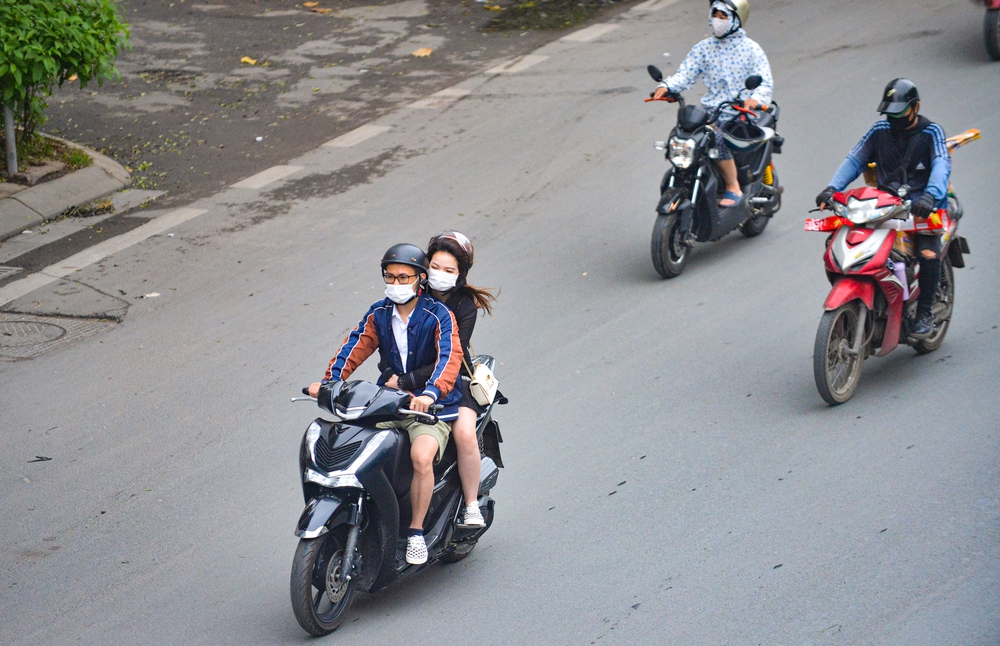
People in Hanoi who go out in the middle of May still have to wear coats.
However, located on the same parallel as Hanoi, 3,500 km to the west, Gujarat is an Indian state that is suffering from a terrible heat wave with an average temperature of over 43 degrees Celsius.
This is considered the hottest heat wave in India in more than 120 years. It has caused the soil to crack, the water has dried up to reveal the river bed, and the birds in flight have even fallen to the ground from dehydration.
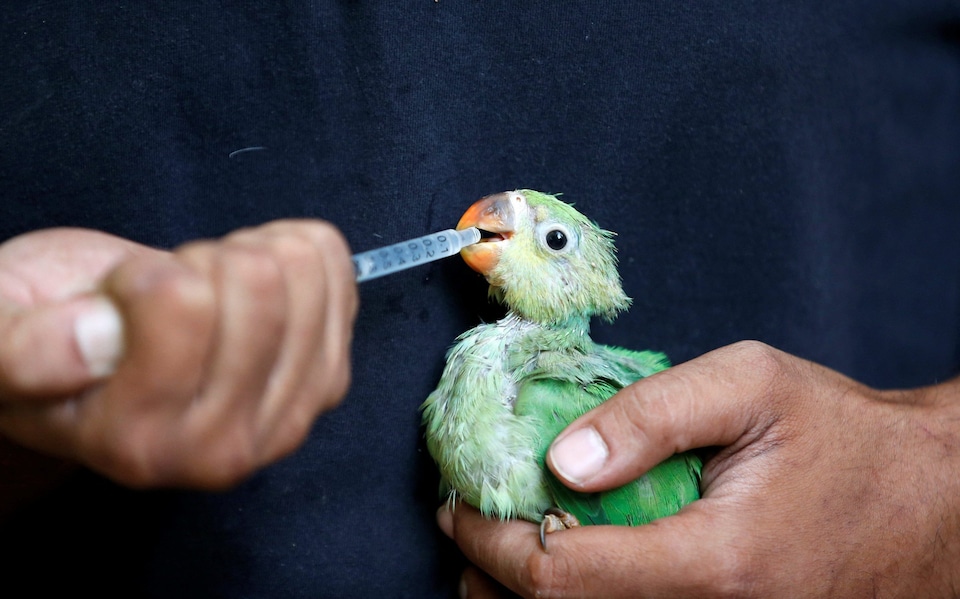
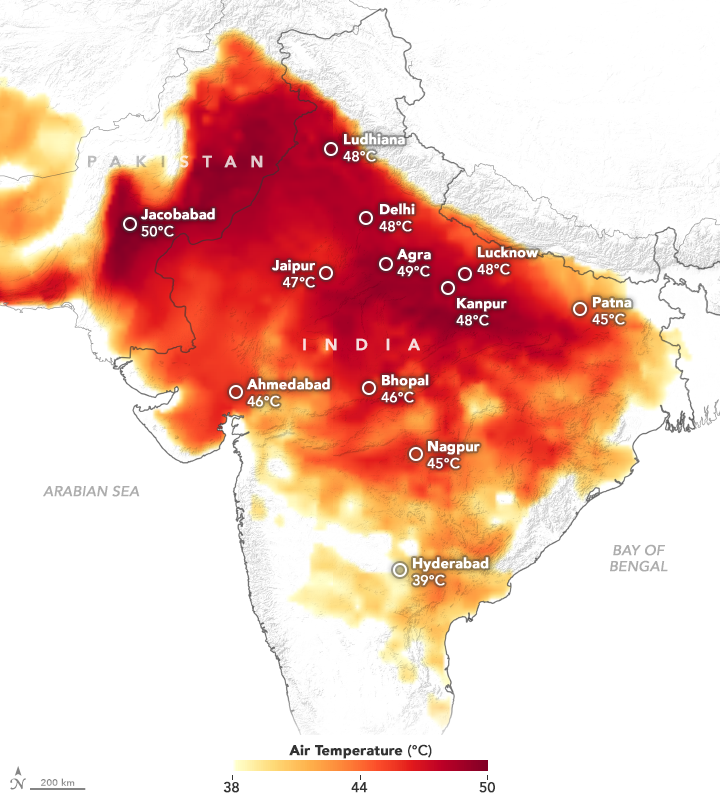
Located at the same latitude as Hanoi, many Indian states are experiencing a record heat wave.
A team of doctors at a veterinary hospital in Gujarat say they are treating thousands of birds that fell from the sky during a record-breaking heatwave that began in March and is still ongoing.
Here, the birds are being pumped water into their mouths and given vitamin tablets to restore their fitness. Even high-flying birds such as pigeons and hawks must be exhausted during the past 46 degrees Celsius hot days.
“This year has been one of the worst in recent history. We have seen an increase of about 10% in the number of birds in need of rescue“, said Manoj Bhavsar, an employee of the NGO Jivdaya Charity Trust.

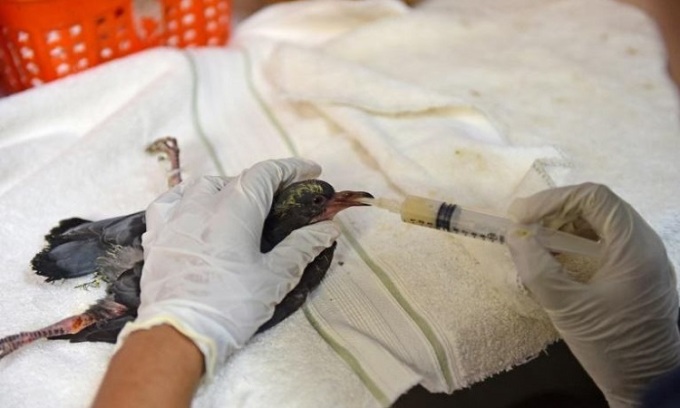
Even large birds like hawks suffer the same fate.
Hot weather in India not only affects animals, even human health is threatened. Doctors across the country have reported an increase in hospital admissions due to the heat.
Holy Family, a hospital in the capital New Delhi, saw hospitalizations increase by 25% in April. At least 25 people have died in the western Indian state of Maharashtra, home to one of the care systems. the best public health care in this country.
Meanwhile, more than 470 other cases of heat stroke have also been reported.

In Gujarat, the health authority has advised hospitals to immediately set up a special specialty to treat heat stroke cases. Schools are also required to open earlier and students are not required to wear uniforms.
Parents are advised to prepare oresol water for their children to rehydrate and mineralize, while teachers are trained to give first aid in case of heatstroke. Some states have even suspended students from school.
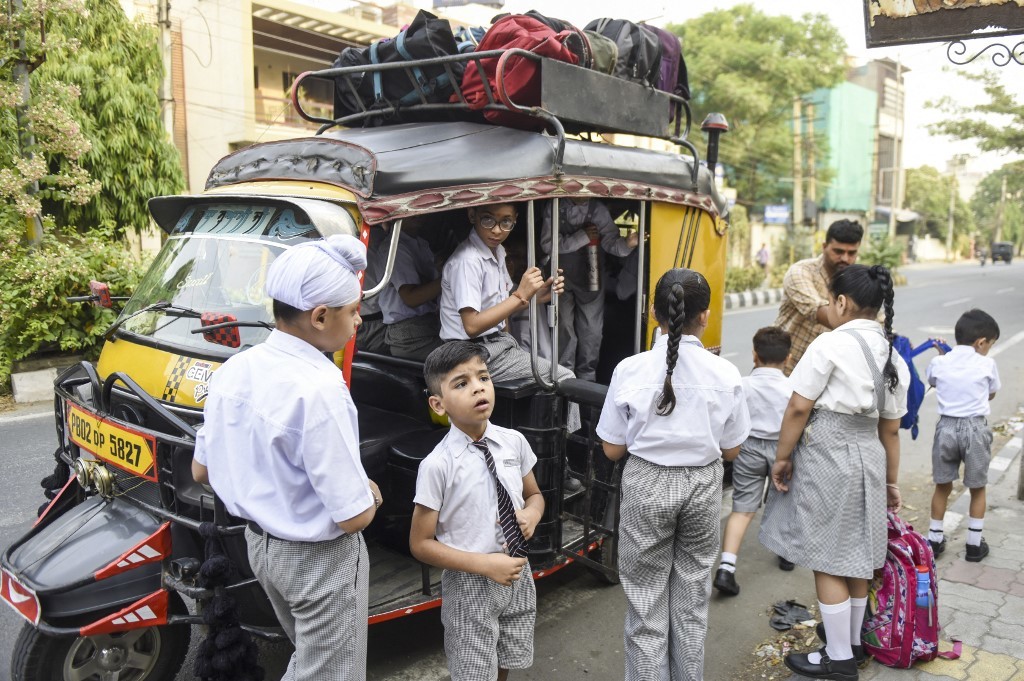
Schools are advised to open early to avoid heat, students do not have to wear dark uniforms.
India is currently suffering from a series of record-breaking heat waves this year that experts say are the result of climate change. According to the Indian Meteorological Department, they had the hottest March and April on record, with average higher temperatures between 4.5 and 8.5 degrees Celsius.
On April 27, 2022, the highest temperature recorded in the city of Prayagraj reached 45.9 degrees Celsius. In the city of Barmer recorded a temperature of 45.1 degrees Celsius, while many other localities suffered. temperature range from 42 to 44 degrees.

Hot weather combined with the phenomenon of “wet bulb temperature” is challenging the tolerance limit of the Indian people. The wet bulb temperature is the lowest unit of temperature that can be reached when the air is saturated with water vapor, usually no more than 31 degrees Celsius.
When the wet bulb temperature is above 35 degrees Celsius, the air cannot absorb more water vapor, causing sweat to not evaporate, causing people to experience heat shock phenomena such as fatigue, cramps, rashes, especially heatstroke with the risk of death within a few hours.
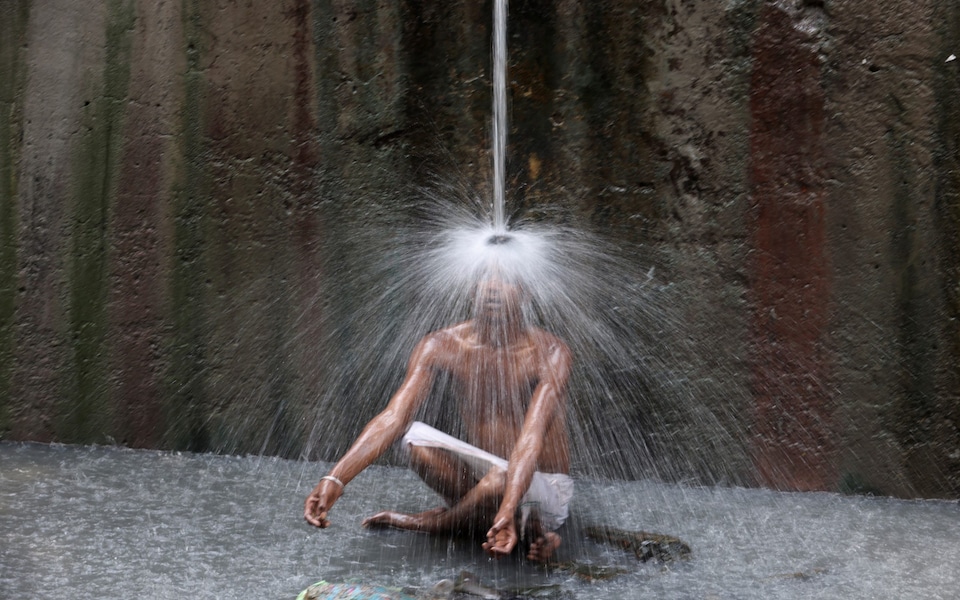
Before that in 2016, India also suffered from an extremely hot weather with temperatures in many areas always above 40 degrees Celsius. Especially, on May 19, 2016, the temperature in many areas was always above 40 degrees Celsius. In the city of Phalodi in Rajasthan state, it also reached 51 degrees Celsius, the highest number ever recorded in history.
Experts say recent extreme weather events in India are an inevitable consequence of man-made climate change. The burning of fossil fuels and the destruction of forests have released greenhouse gases into the atmosphere, and increased the frequency and intensity of many floods, droughts, wildfires and tropical storms.

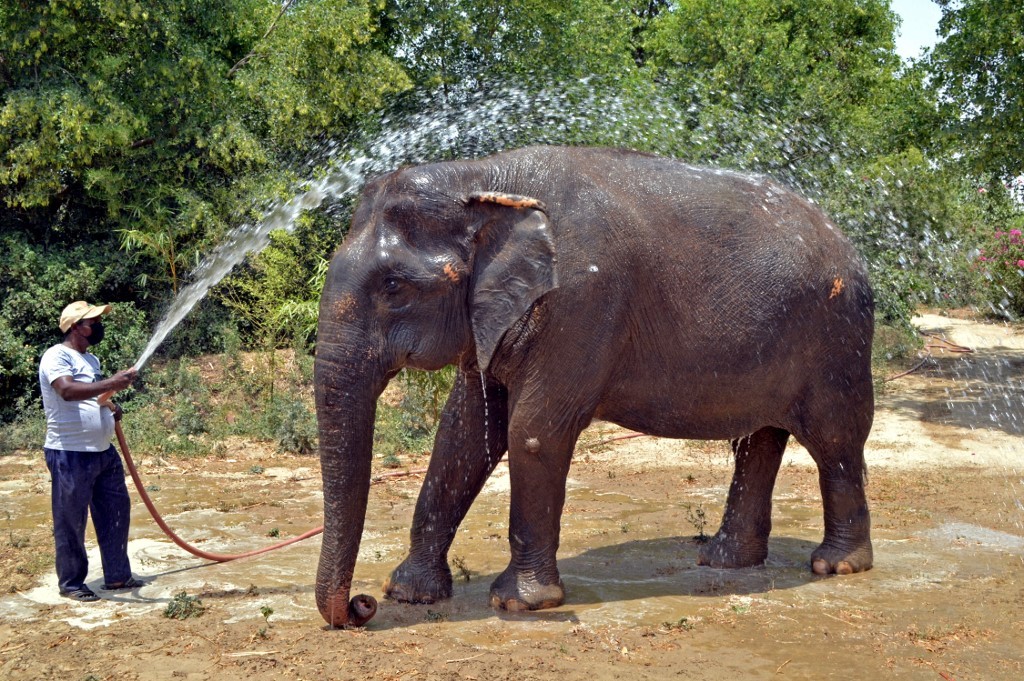
The record heat in India affects the lives of both humans and animals.
Friederike Otto, a scientist at Imperial College London’s Grantham Institute, said:There’s no doubt that climate change is a major game changer when it comes to extreme heatwaves.”
She warned that not only in India, many other countries around the world will also face record heat waves in the future: “Every heatwave in the world is now stronger and more likely to happen, and that’s because of climate change, and humans are a part of it.”
Refer Reuter, Telegraph
